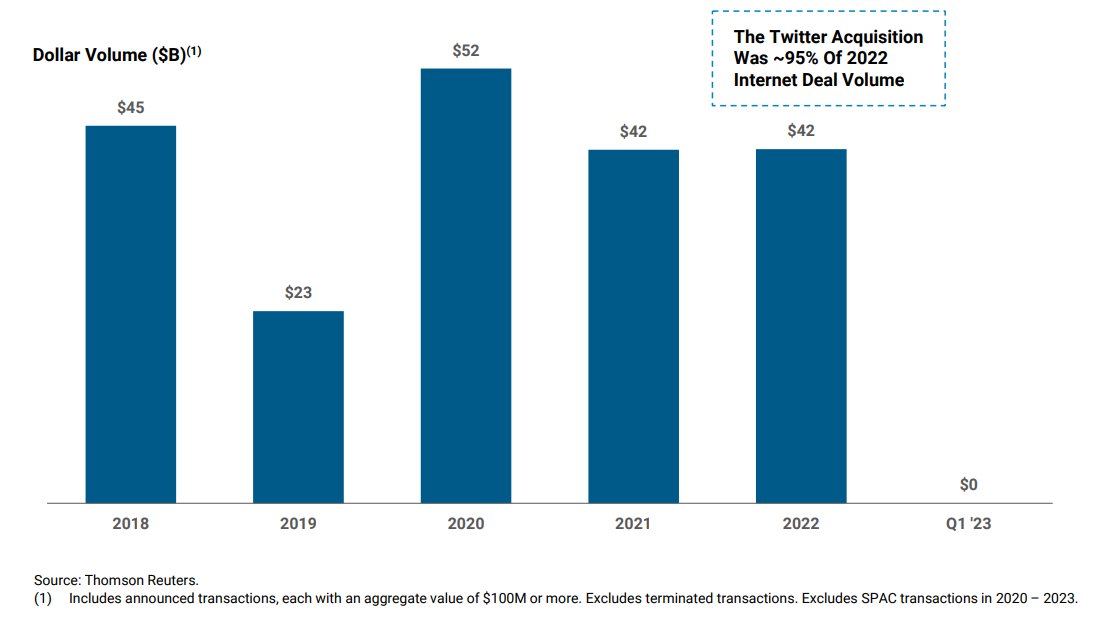Here’s the story of how I almost sold my company to Time Warner in 2000 for hundreds of billions of dollars - but instead walked away with nothing.
🧵 🧵 👇 👇
🧵 🧵 👇 👇
It was Nov 19th, 1999. I had spent the last 34 hours (maybe 35 hours) coding.
But that wasn’t the full story - I‘d been building non-stop the first 34 years of my life.
I learned to code in the hospital the night I was born and have been inseparable from a PC ever since.
But that wasn’t the full story - I‘d been building non-stop the first 34 years of my life.
I learned to code in the hospital the night I was born and have been inseparable from a PC ever since.

Same with my co-founder.
We met that first night in the newborn ward.
He moved in with us at age six and my parents legally adopted him at 11.
We had grown up building together.
But we were burnt out.
We met that first night in the newborn ward.
He moved in with us at age six and my parents legally adopted him at 11.
We had grown up building together.
But we were burnt out.

Suddenly, that brisk winter night in November of ‘99, I got an ICQ message - from gerryboy1939 - the CEO of Time Warner.
“u up?”
He wanted to talk.
And boy, did he want to talk.
“u up?”
He wanted to talk.
And boy, did he want to talk.
He said Time Warner was going to embrace the digital revolution.
And he thought my company, a decentralized open-source blockchain with smart contract functionality, was the future.
I could not believe my eyes.
And he thought my company, a decentralized open-source blockchain with smart contract functionality, was the future.
I could not believe my eyes.

gerryboy1939 was retiring soon, and needed to close one more acquisition to boost his stock price long enough to cash out the last of his stock options.
His family’s retirement was on the line.
The stakes couldn’t have been higher.
His family’s retirement was on the line.
The stakes couldn’t have been higher.
There was only one problem - we didn’t have a single customer yet.
And he was also eyeing AOL.
AOL had an incredible brand: free trial CD’s in every kitchen drawer in America, which created an epic growth flywheel.
We faced incredible odds, but grabbed the moment anyways.
And he was also eyeing AOL.
AOL had an incredible brand: free trial CD’s in every kitchen drawer in America, which created an epic growth flywheel.
We faced incredible odds, but grabbed the moment anyways.

We setup a first call.
Then another.
Then another, and another.
We spoke to at least 2,000 Time Warner employees over the next three months - from the C-suite, to engineering, to finance, to the maintenance staff - to asses not only technical, but also cultural fit.
Then another.
Then another, and another.
We spoke to at least 2,000 Time Warner employees over the next three months - from the C-suite, to engineering, to finance, to the maintenance staff - to asses not only technical, but also cultural fit.

Ultimately after three months of negotiations, we lost the deal.
Time Warner would acquire AOL for $164 billion.
AOL had superior technology (dial-up internet) of which the team at Time Warner knew was the future and would propel the organization into the digital revolution.
Time Warner would acquire AOL for $164 billion.
AOL had superior technology (dial-up internet) of which the team at Time Warner knew was the future and would propel the organization into the digital revolution.

My co-founder and I, who each owned 50% of the company and had spent the last three months in Kolomna, Russia to focus on the deal, were defeated.
We left our Airbnb in Russia that night, leaving the code with our engineer, Dmitry Buterin (still don’t know what happened to him).
We left our Airbnb in Russia that night, leaving the code with our engineer, Dmitry Buterin (still don’t know what happened to him).

We returned to the US, taking a small acquisition offer from Yahoo where we worked for the past 20 years.
It was an incredible time and I still think about those days often and what could have been has we been acquired by Time Warner.
It was an incredible time and I still think about those days often and what could have been has we been acquired by Time Warner.
• • •
Missing some Tweet in this thread? You can try to
force a refresh








